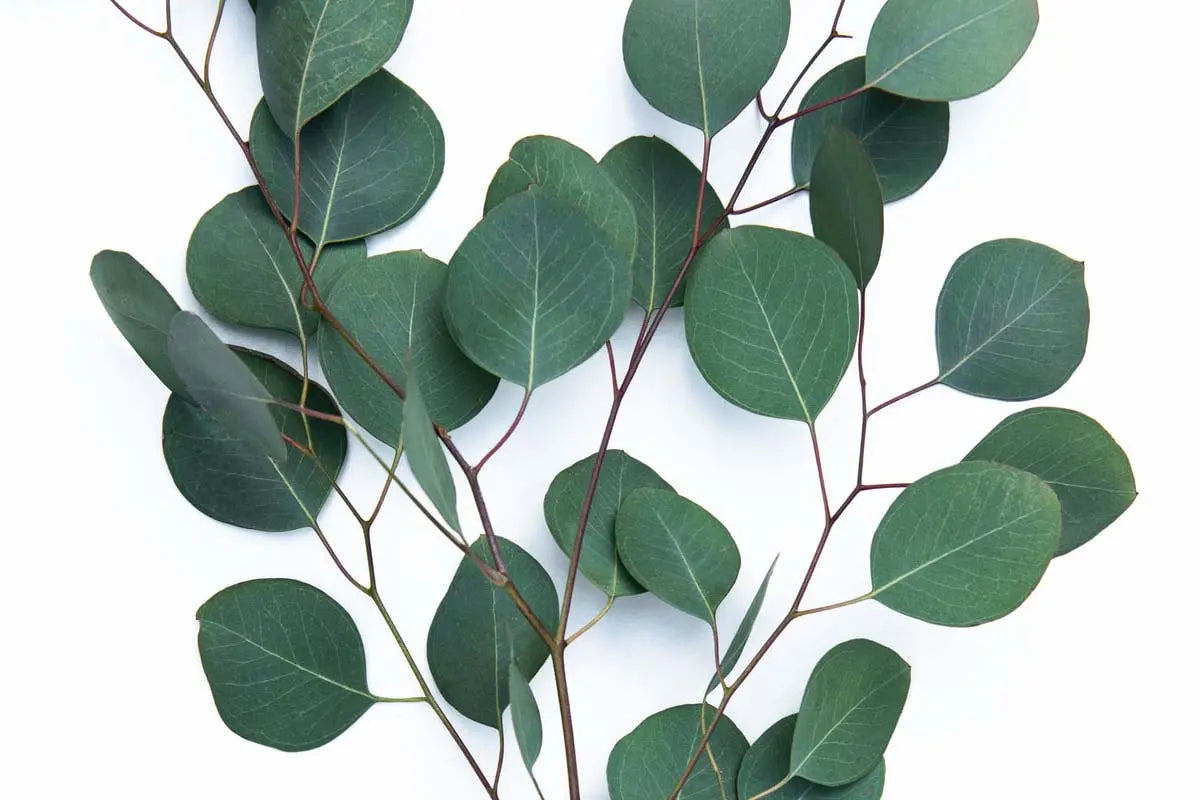EVERYTHING YOU EVER WANTED TO KNOW ABOUT PEONIES!

With its spectacular display of colors (think pink, red, yellow and white!), lush, unbridled petals, and a delicate, intoxicating fragrance, it’s no surprise that the peony has been a delighting the senses for thousands of years. In fact, written records from as far back as 8thcentury China describe the cultivation of peonies for their enchanting beauty. Is it any wonder then that the peony is known the world over as “queen of the flowers”?
Today, peonies are just as stunning as ever and, thanks to new and improved varieties, they’re even easier to grow. There are three main types of peonies to consider when planting. The most common and widely available is the herbaceous peony (Paeonia lactiflora). Herbaceous peonies grow to about three feet tall, die back to the ground each winter, then send up vigorous sprouts each spring. The other is the tree peony (Paeonia suffruticosa), a slow-growing woody-stemmed shrub that can reach up to six feet. The third is a hybrid of the two. A combination of all three makes for a spring garden that darn near looks like it jumped out of a painting.
As dazzling as peonies are, they’re surprisingly no-fuss and require very little attention (I’m talking to you, brown-thumbs!). They survive the harshest winters, are practically drought resistant, and aren’t bothered by deer or rabbits. Though peonies fare best in cool climates, early-blooming varieties with low-chill requirements can thrive in even some parts of the deep South.

Cutting Pointers
- Peonies’ well-defined shape and intense color make for great cut flowers and bouquets (hello, summer weddings!) that can be easily stored until their debut.
- Cut stems before they’re open, when they’re tight and still hard like marbles. They will open at room temperature.
- Cut them at a time of day when they will be cool and fresh—either early in the morning or very late in the afternoon.
- Wrap them in newspaper, place rubber bands on the ends, and store them on their sides in the refrigerator. Or, store them upright in flower sleeves and a little bit of water.
- For truly show-stopping arrangement, use stems of various color and stage of bloom. Change the water and recut the stems once a week.

Site Matters
Choose a location with at least a half-day of sun. More sun will give you more flowers, and light shade will keep the blooms fresher longer.

Don’t Dig Too Deep
If planted too deeply in the ground, peonies will refuse to bloom. Plant shallowly, and avoid mulch.

Stake Away
Peonies’ petal-packed blooms can get as big as a dinner-plates and often need the added support of garden stakes.

Don’t Bug Out
Where peonies go, ants will follow. Don’t worry, they won’t hurt a thing.

Plant for Permanence
Peonies do not like to be moved once established. Choose your location carefully!

Practice Patience
Peonies can take a few years to flower after being planted, but they’ll bloom for generations. Think of it as a long-term relationship.

Dare to Divide
By propagating the roots in fall, when the plants are dormant, you will control overcrowding. Then, pick your favorite peony-loving friend to share your bounty.

TEXT by Aimee Swartz | STYLING by Paul Lowe | PHOTOGRAPHY by Ellen Silverman
To view our entire selection of peonies click HERE
This article was republished with permission from http://www.sweetpaulmag.com












